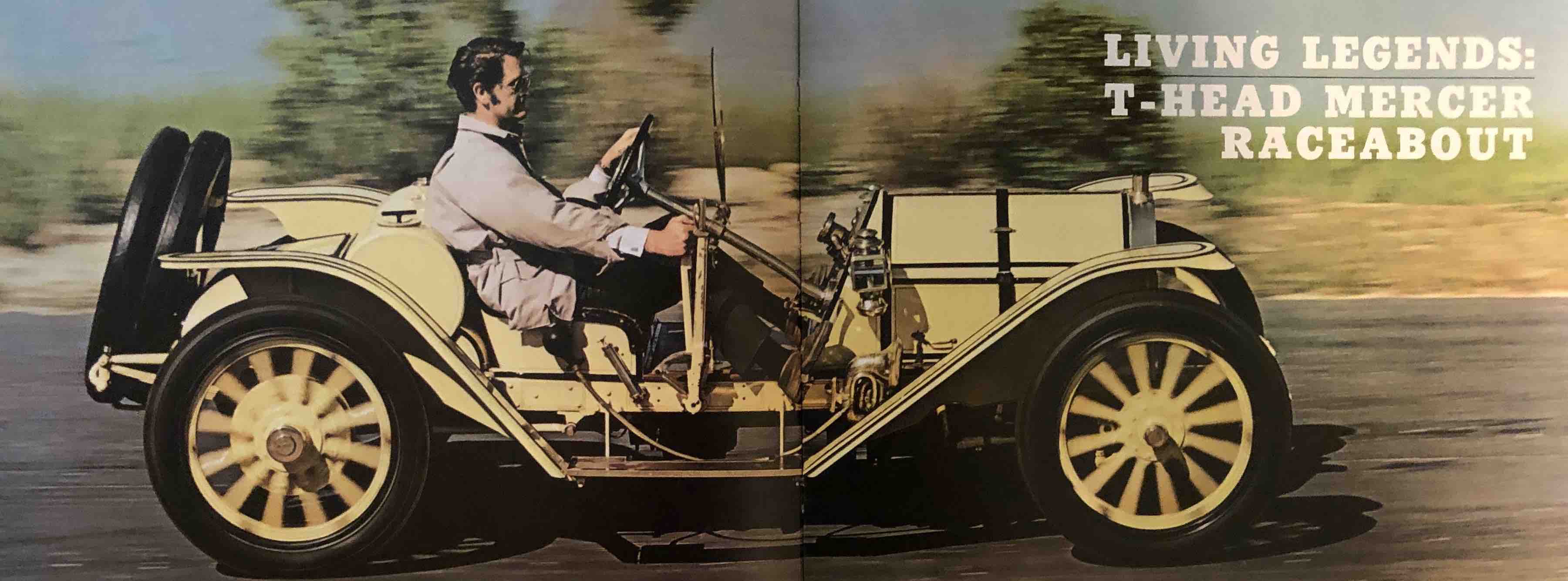
Don Vorderman 1930-2018: The Best Editor I Ever Had
My remembrance of Don Vorderman was published in shorter form in The Automobile, December 2019.
* * *
“Writers rarely talk about writing among each other. It’s a very personal thing, and it’s almost always hard to do well, none of which is too conducive to cheery cocktail chitchat. Most of us would rather visit a dentist than face up to the task of beginning the next piece, though it’s not quite so awful once the commitment is made and the thing is under way.” —Don Vorderman, 1977
My dear friend Don wrote that about the English motoring writer Dennis May, but he was also describing himself. He didn’t write spontaneously, but when he did, his words sang. Vorderman’s years of prominence—Editor, Automobile Quarterly, 1968-74; Auto Editor, Town & Country, 1980s—were brief and under-appreciated. His work was as far from the falls-easily-to-hand school of motor writing as one could imagine. His depth of knowledge made great cars come alive. We saw ourselves crouched low over their steering wheels, like Don’s hero, Simon Templar, “the seat pressing forcefully into his back under the urge of the Hirondel’s terrific power….”
Vorderman and Charteris
Yes, the “Hirondel”! Only Don, who as a boy read “Saint” novels with a flashlight under his blankets, could have conjured up Simon Templar’s great silver beast from the books of Leslie Charteris. Wisely, Charteris never described the Hirondel in detail. He left it to our imaginations. Each of us visualized in our mind’s eyes the ultimate sports car.
In 1973, Don asked five of the world’s leading auto artists to portray the Hirondel as they saw it, assigning each a few lines by Leslie Charteris for inspiration. In The Last Hero, The Saint drives to rescue his lady friend Patricia Holm, held prisoner outside London by the Ungodly.
“Snarling silver fiend…”
Dale Weaver Totten got right into the spirit of the thing:
“If this had been a superstitious age, those who saw it would have crossed themselves and sworn that it was no car at all they saw that night, but a snarling silver fiend that roared through London on the wings of an unearthly wind…”
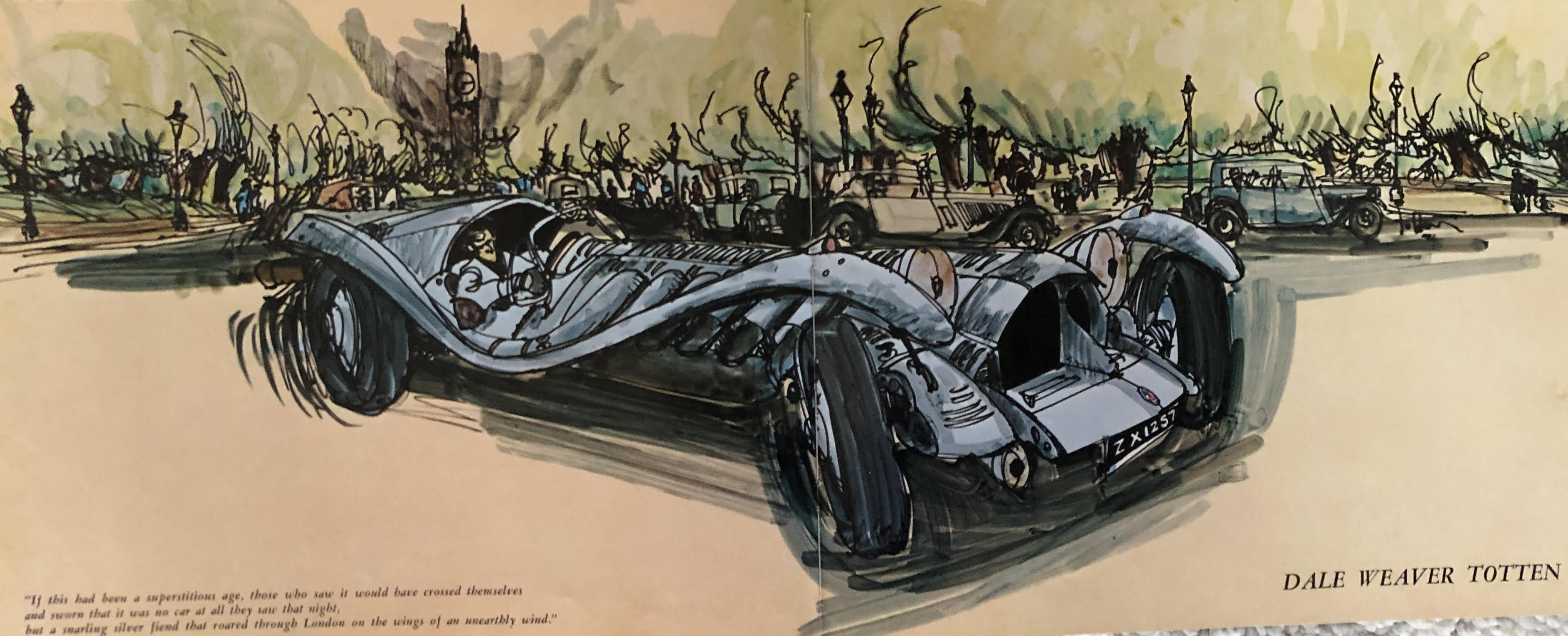
“Ridiculous, creeping glowworms…”
The final image focused on a coastal road outside London. Here the great Walter Gotschke produced a masterpiece of contrived motion. Knowing Walter’s style, Don gave him exactly the right Charteris passage:
Again and again in the dark, the Hirondel swooped up behind ridiculous, creeping glowworms, sniffed at their red tails, snorted derisively, swept past with a deep-throated blare. No car in England could have held the lead of the Hirondel that night.
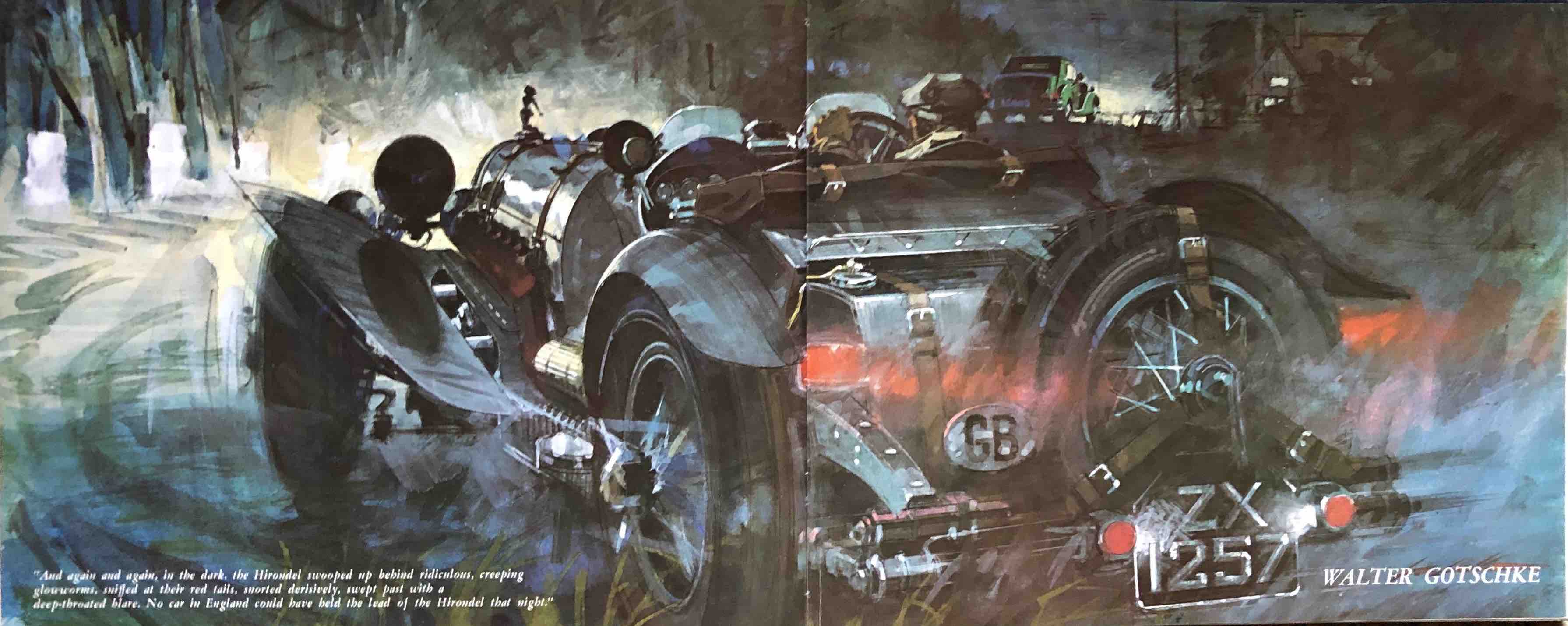
About Don
Derwood Lorrimer Michael Vorderman was born in Texas, though everybody thought he was South African. I rather think he pictured himself as Simon Templar come to life. He was a sharp dresser, a friend recalls: “Don spent all his money on whisky, Burberry overcoats, silk pocket squares and cravats. Such a dandy.”
He once visited us in rural New Hampshire driving a yellow Ferrari, wearing tweeds and wowing locals. His checkered past included romances with Zsa Zsa Gabor, Gina Lollobrigida and, reportedly, Connie Francis. At forty Vorderman still made ladies swoon, and AQ’s brilliant managing editor Beverly Rae Kimes married him. Alas Don rapidly burned bridges, including that one.
With Vorderman at Automobile Quarterly
Fortune brought me to AQ during a golden age for the hardbound “Magazine of Motoring”: the reign of Don Vorderman and Beverly Rae Kimes. You couldn’t buy that education in a university. Don taught me things I never forgot. On word-count: “A bore is someone who tells everything.” On accepting edits: “The surest sign of an amateur is sensitivity about his prose.” About bylines: “One per issue. No over-indulging. If you write a second article, use a pen name.” (Don’s was “Michael Lorrimer.” He hated “Derwood.” Wouldn’t you?)
He taught me manners. To the throwaway greeting, “How are you?” Don would reply, “I’m fine, thank-you. I hope you are”—and wait for an answer. He didn’t tolerate fools: “Putzes are everywhere, like diarrhea.” He was impatient with the sharks and blowhards of our world. Yet he introduced me, a rank amateur, to the elite of automobilia, from Phil Hill to Dutch Darrin to René Dreyfus.
And what a photographer he was—with an 8×10-inch view camera, a relic nowadays. Ken Drasser, then our art director, writes: “I remember his transparencies. The pictures were stunning. We christened him ‘Ol’ Magic Fingers.’ He was so talented.”
Editors exist to make writers better, and Don was the best editor one could have. He fired me once (I deserved it), but reconsidered when he liked my next piece, on Triumph. In it I’d written that the Luftwaffe “did its number” on Coventry. He blue-lined that and substituted “wrought terrible destruction”—sensitive and precise. We shared miseries over a certain publisher, and I declared I’d wear a red tie the day he died. “Don’t say that,” Don scolded. “Life is too short to carry grudges.” It was just like him. The day came, and I refrained.
The Allard named “Grendel”
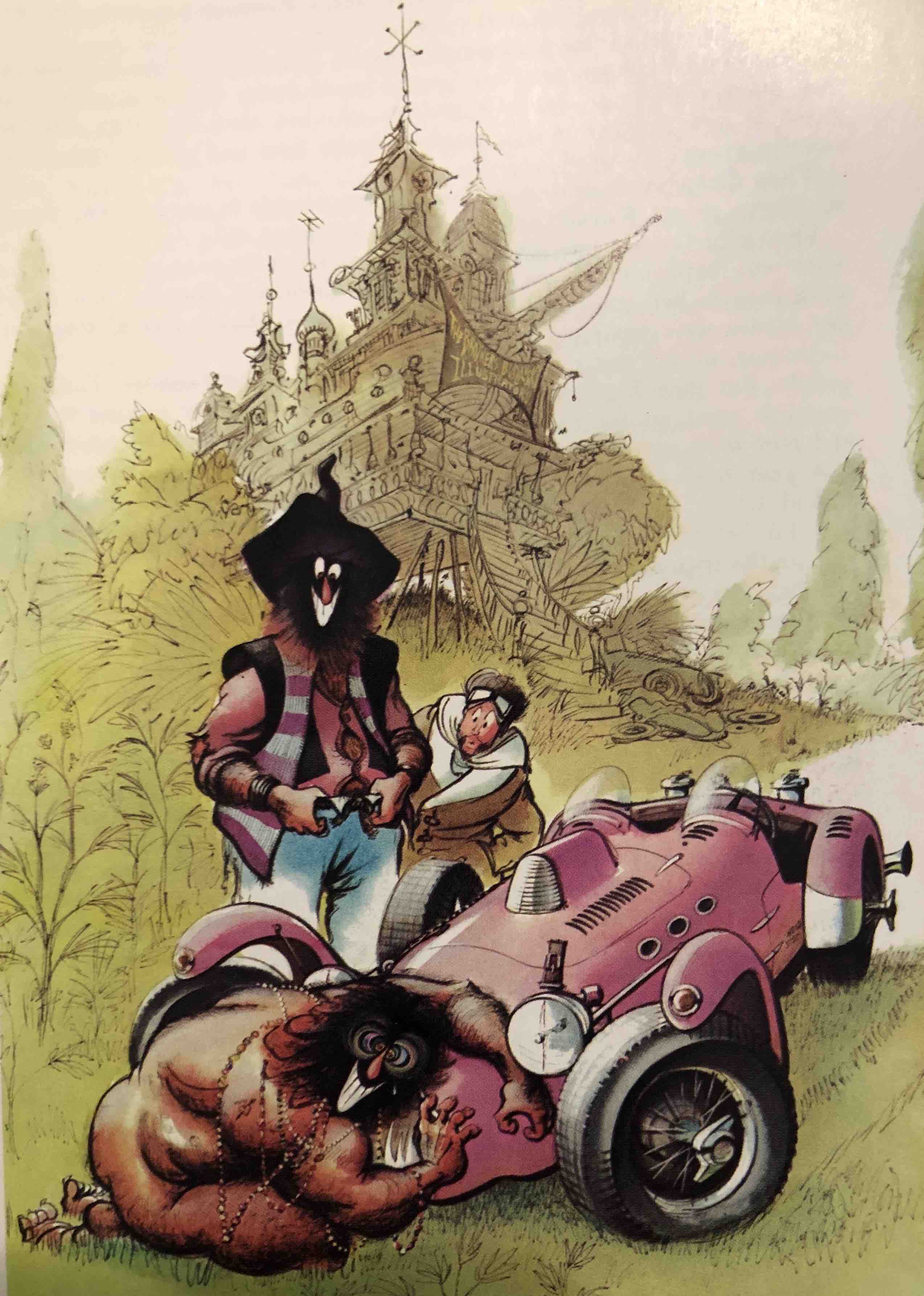
Above all stood his fantastic imagination. Who else would precede a road test of the fearsome Allard J2X with a fantasy by Dick O’Kane about a fictitious Allard named “Grendel,” owned by twin mountains of flesh, the Boslovsky Brothers?
Don hired the zany genius Stan Mott to illustrate Stanley: “Boslavsky Major.” (Stanley’s brother Nick was “Boslavsky Minor.” Nick was shorter—only six-foot-seven.)
Mott duly portrayed Boslavsky Major, stoned out of his mind, wearing nothing but hair and beads, his pinwheel eyes fixed on Grendel. (“I hoped he was having a good trip.” wrote Dick. “Stanley on a bad trip was like a malevolent seven-foot owl….)
“Dazedly Stan approached the Allard…. His pinwheel eyes began to fill with tears. Then he was wrapping his arms around her hideous pink nose and sobbing, ‘Mother.'”
Don, of course, caught and used O’Kane’s references to Beowulf. His J2X road test began: “And now alone I shall settle affairs with Grendel, the monster, the demon.”
Farewell, Don
Though we never saw each other after exchanging a few visits in the 1980s, we had a warm email friendship. When I sent him my articles in The Automobile, he always had an interesting smidgen to add. Of “Churchill’s Motorcars” (August 2016) he wrote: “What a delicious idea! You mentioned the death of Churchill’s daughter Marigold. It brought to mind Bentley Boy Tim Birkin, passing from the same condition while not a mile away, Fleming had already developed the early versions of penicillin.” Of Dutch Darrin (May 2017): “Your touch is just right—authoritative but friendly. I still think that 1938 Phantom II town car he built for Countess di Frasso is one of the prettiest cars I have ever seen.”
And then the emails stopped. I wrote him, but my letter was returned. Too bad, because I had written how much he meant to me.
This remembrance began with Don’s piece about Dennis May, and I’ve often quoted his final paragraph:
There’s nothing to be said when a friend dies, even among people whose trade is words. There’s just an empty hole where there was once someone you loved. And all the talk in the world won’t change that. Everyone who knew him well misses him. And that’s one crowd I’m proud to be a member of.
Vordermania: Don on Cars
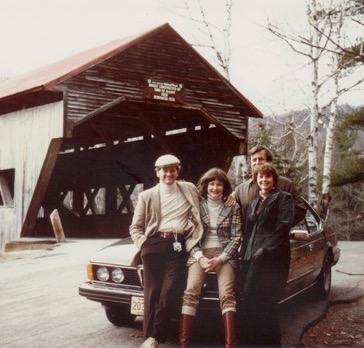
Alfa Romeo: “Sure, they’re building nice cars today, but before the Second World War they were magnificent. Every blessed one of them.”
Allard J2X: “The first thing you notice is the acceleration. This is also the second and the third thing….”
Bugatti: “They were bitter rivals, but you have to admit that for every year when Bugatti was building a good car, Alfa was building a great one.”
Cadillac Eldorado: “It’s a highly visible declaration of what the owner wants you to think of him. But it’s a free country, and everybody has the right to make a fool of himself.”
Hudson: “I tried to keep up appearances for my MG’s sake, but soon my friend’s Hornet and I started to meet secretly. She could do everything my TC could, only ten times better.”
Jaguar: “In 1961 the new E-type was the most exciting car in the world. Sir William Lyons was one in a thousand.”
Lincoln Continental: “You know why you want one: because it’s big and expensive and everybody knows it. Also, the instruments are down by your knees where you won’t have to look at them.”
Lotus Elite: “Colin Chapman’s come a long way from the backyard welding torch.”
Mercer Raceabout: “Why not be philosophical about it, and consider it an honor to be passed by such a car?”
Messerschmitt: “Is das nicht einen Kabinenroller? Ja das icht ein Kabinenroller!”
Packard: “The 1947 Custom Super Clipper is my idea of the perfect Packard. Wonderfully smooth big-ass straight eight and that graceful, swoopy shape. Doesn’t matter what color—they’re all gorgeous.”
Pontiac Grand Am: “Get one quick, before they change it.”
Rolls-Royce: “They haven’t been making RRs since the Silver Wraith…. They must sense the distress of we impatient, disappointed lovers. But even an unrequited lover has his limits.”
Studebaker, 1953 Starliner: “You are not old enough to have experienced the impact it had on everybody who was into cars. How gorgeous! How un-American!”
Dick O’Kane: A Memory
The Grendel-Allard story was written by the late Dick O’Kane, another hero of my youth, whose joyful, whimsical pieces about cars decorated the pages of Road & Track and Automobile Quarterly. A short note about Dick is posted here.
Further reading: the artists
Dean’s Garage, “Stan Mott’s Autobiography,” 2022.
D.D. Degg, “Stan Mott RIP,” 2022.
Dale Weaver Totten’s Facebook page (maintained by his daughter Tabitha)
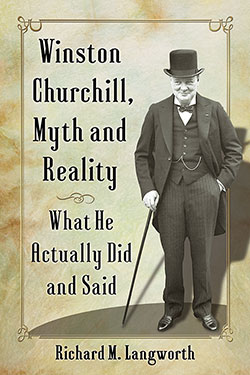
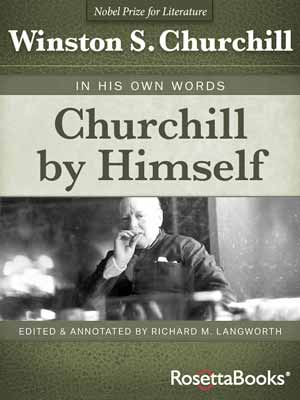
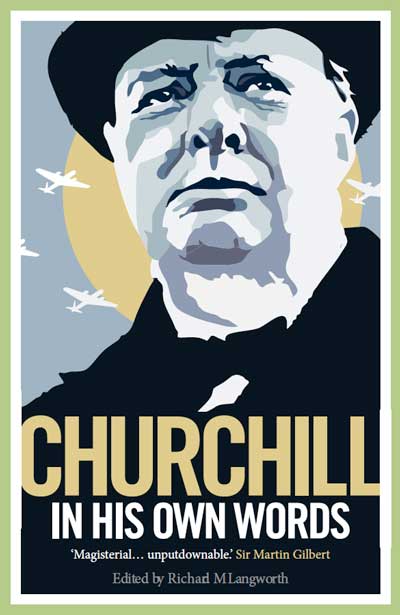
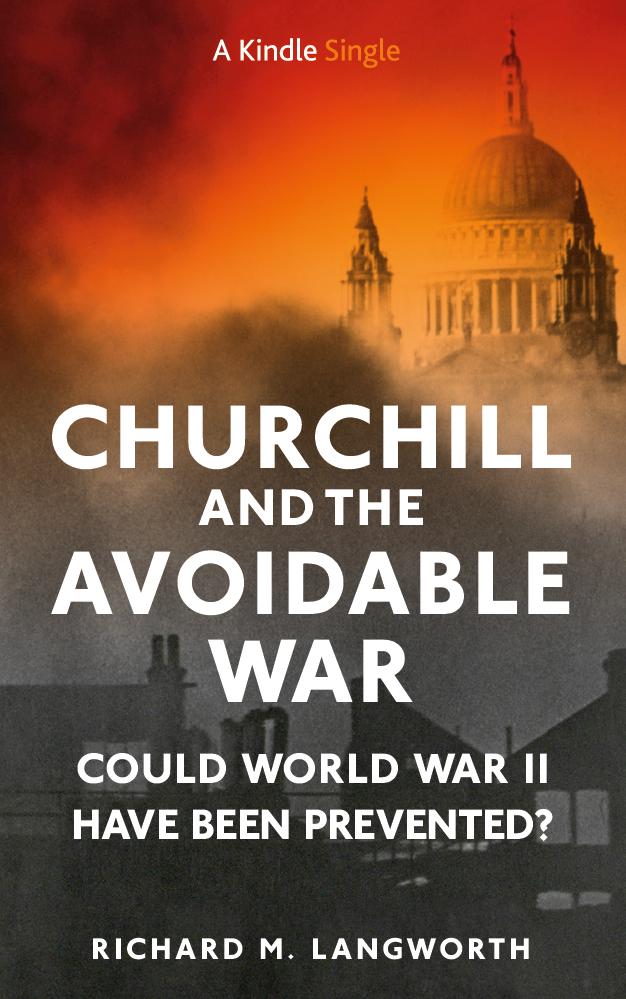
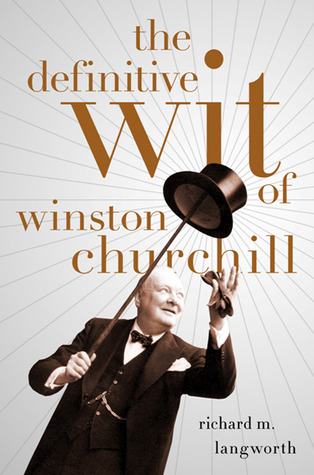
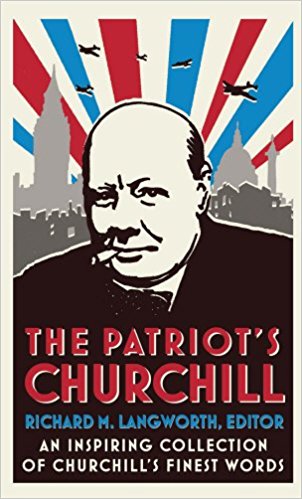
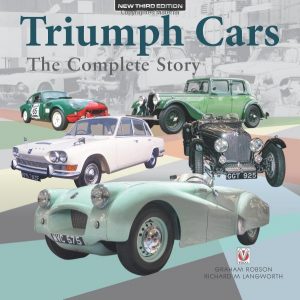
3 thoughts on “Don Vorderman 1930-2018: The Best Editor I Ever Had”
We miss our friend…
Don gone! I was wondering, as I had not heard from him. Old friend, we hitched up during his AQ days and spent much time together. Lunches—long ones and wet, at Le Chanteclair; I introduced him to Diane. I had not seen much of him, but I cherish the time together, though long ago. Had him for cocktails sometime in 2018. I was glad to have even that short time.
Don lived here in Stamford, CT and he would often call or drive over to my office for a chat or to visit my workshop. Don just loved the 1934 Ryan ST aircraft that I was restoring. He proclaimed it the most beautiful airplane ever made. I agreed. I miss his calls and his towering persona. RIP Don.
.
Don wrote a book on that topic, The Great Air Races. Well up to his usual standards, too. RML
Comments are closed.